Alan Finkel: ‘Technology is enabled by government’
Now is the moment as government, industry, technology and communities embrace both the urgency and practical reality of emissions reduction.
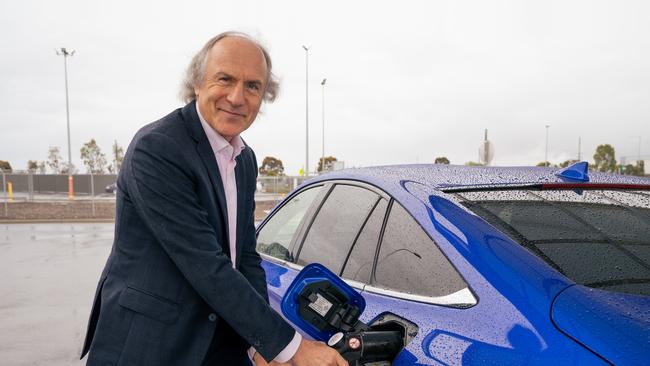
Introducing our list of 100 green power players, Alan Finkel AC explains how now is the moment.
It’s hard to find an article about new product development that doesn’t feature an “S curve”. This is the curve that starts off with a gentle slope, then sweeps upwards into a steep climb before slowly flattening as it approaches 100 per cent, indicating that the new product has achieved saturation levels.
Instead of looking at an S curve, at this moment I am living inside one, like the computer programmer in the movie Tron who is transported into the inner-software world of a mainframe computer. This new S curve is the one that describes the uptake of new and emerging technologies that will transport us to net-zero by 2050.
See the full list of green power players here
Change is in the air. I am more excited in recent times about our prospects for reducing emissions than in any of the years I have been providing policy advice on low emissions energy and technologies.
Across Australia, there is tangible determination from industry, communities, researchers, financiers and all levels of government to reduce our greenhouse-gas emissions. The challenge is to do so without compromising our current and future prosperity.
The heavy lifting to reach net-zero will be delivered by technology. Although I am deeply engaged in this area, I am the first to acknowledge that technology does not live in a vacuum. Technology does the work, but it relies on many key enablers.
The first enabler is government. Government provides the back-end programming to the S curve, by constructing the environment for technology to thrive. It does this through policies that provide signals to investors. It sets up the regulators and operators of the sustainable markets in which the new technologies operate. And importantly, government provides the funding for research and demonstration projects, necessary to help new technologies achieve commercial viability.
See the full list of green power players here
THE NEW GREEN ECONOMY
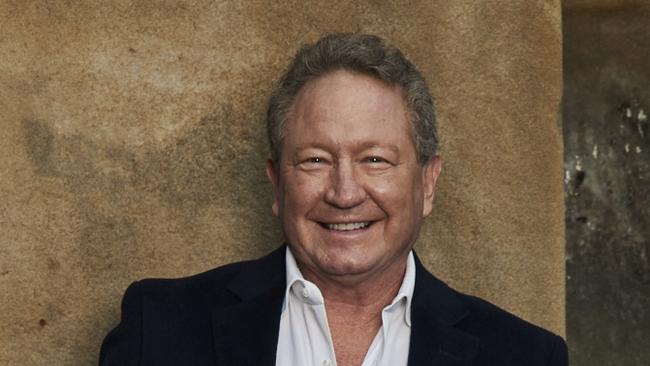
Twiggy’s green ambition put to the test
Andrew Forrest is convinced his ambitious green hydrogen plans are a key plank in the battle against global warming. But can the iron ore billionaire pull off the ultimate pivot?
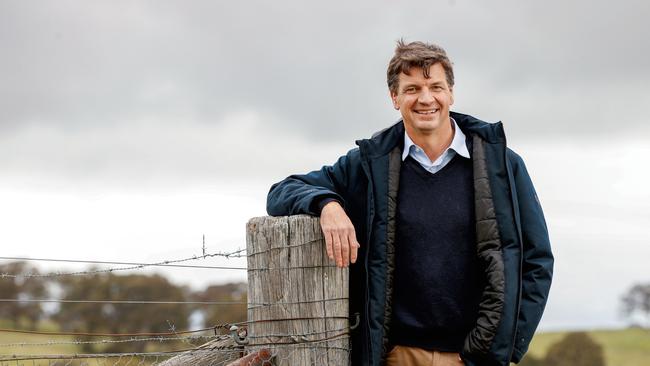
‘Cats can be herded if there’s a clear goal’: Angus Taylor
The government’s position on climate change is built on respect, says Industry, Energy and Emissions Reduction Minister Angus Taylor.

‘It’s our responsibility to be the adults’: Wikramanayake gets real
In a rare interview the Macquarie Group chief reveals its highly calculated approach to renewables investment and the discussion with her teenagers that crystallised the need to take action.
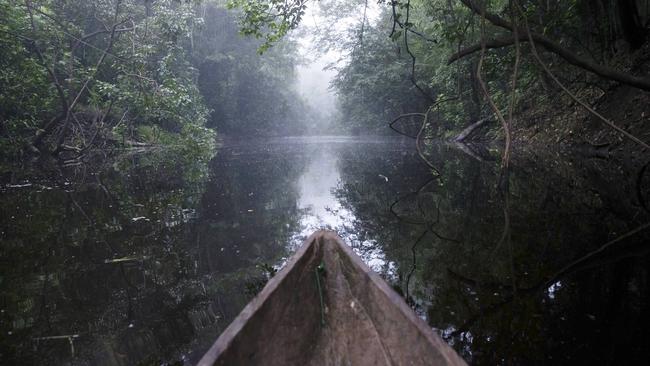
Is nature really at the centre of the ‘green dream’?
Looking after the land makes sense but in the end, someone has to pay. Good intentions will only go so far.
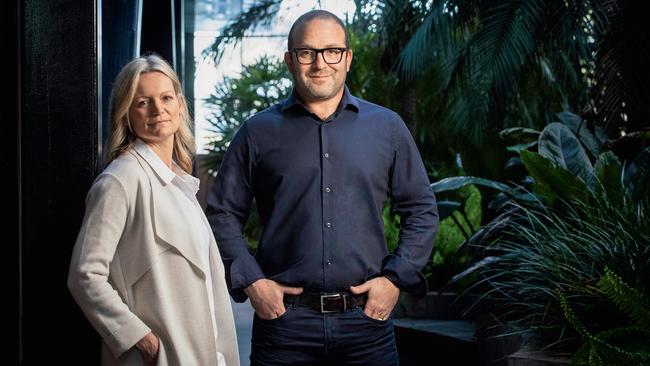
Rich-listers embrace climate shift
It’s no longer a question of choosing profit over planet. A new generation prioritises impact investing to retrain focus of their family wealth on a climate positive yet lucrative future.

Why climate change is a business opportunity
The transition to carbon neutrality will require trillions. For the financial sector this means not just the opportunity to fund the future, but to profit from it.
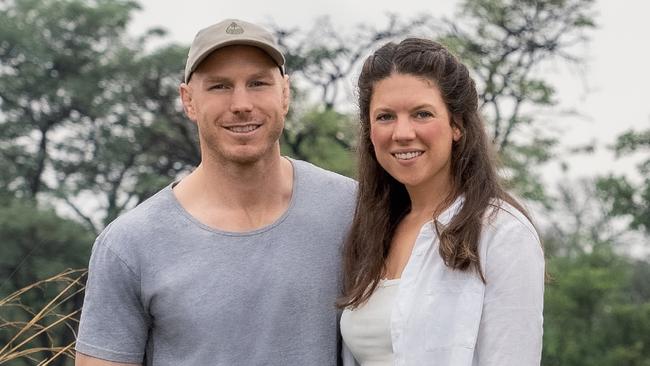
Rugby great takes climate fight to Canberra
David Pocock and wife Emma are playing to win with their commitment to turn talk into action on environmental issues.
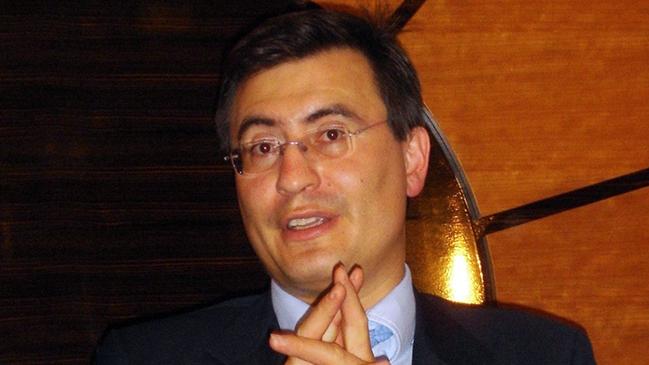
Billionaire piles pressure on big Aussie polluters
Australia’s enormous resource companies are on notice as a new breed of emboldened financial agitators take an aggressive – and often effective – stance on climate accountability.

Could your car power your house one day?
A reality where the energy stored in your car is plugged in to electrify your home edges ever closer.

Cameron Adams on being a DJ loving climate warrior
Decisive action on climate matters as much as taking democratised design to the world for the co-founder of tech heavy-hitter, Canva.
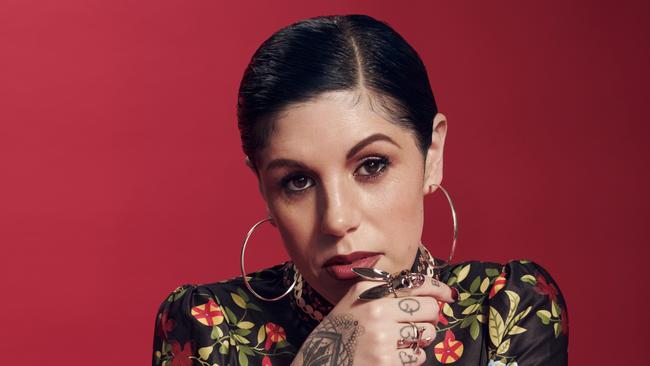
The Australian names to know in sustainable food and wine
From the man behind Sydney’s fish eatery Saint Peter to a self proclaimed meat-eating vegan, these Australians know a thing or two about sustainable food and wine.

Alan Finkel: ‘Technology is enabled by government’
Now is the moment as government, industry, technology and communities embrace both the urgency and practical reality of emissions reduction.

Climate solution may lie beneath our feet
One answer to the global emissions question is right beneath our feet, says newspaper publisher turned commercial cattle farmer Alasdair MacLeod.

Is this the cure for electric vehicle range anxiety?
Does the idea of electric vehicles give you range anxiety? Car companies have a cure for that, and it’s called a “PHEV”.
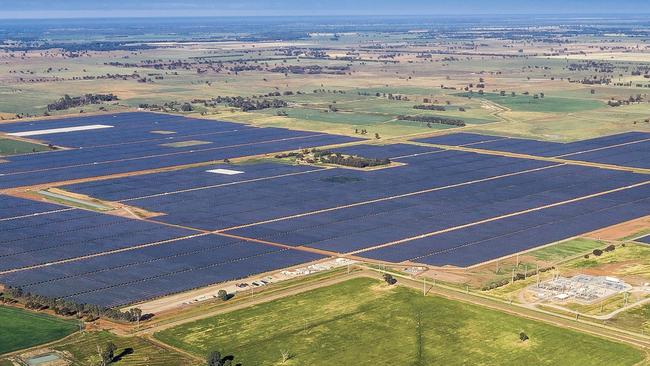
Solar plan set to shine
Australia’s appetite for solar continues to surge, driving everything from households and electric vehicles to mining projects seeking a cleaner future.

Six boundary-pushing tech innovations
From a solar-powered outdoor oven to robotic lawnmowers, the latest in green technology sets you up for a future-facing daily life.

Can an office be sexy … and sustainable?
A leading design studio experiments with sustainability by stealth at their innovative – and sexy – Sydney HQ.

The Australian denim brand leading the charge
Start unpicking the fashion industry and the cost to climate is clear. But Queensland’s Outland Denim is determined to break the pattern.

Sky’s the limit: Inside Australia’s greenest buildings
Concern for the environment and employees alike is at the heart of these top four sustainable, and awarded, new commercial spaces. SEE THE PICTURES

Living sustainably is harder than it looks
Two very different lives, one urgent shared challenge: to take concrete steps towards more sustainable daily choices.

Skincare brands put planet before profit
A swath of pioneering skincare brands are setting new low-impact benchmarks in the process.

Solid-state batteries ‘will secure EVs’ future’
For electric vehicles to truly capture the public’s imagination – and wallets – charging certainty and speed is necessary. Enter the solid-state battery.

The fashion innovators to know in 2022
French house Hermès turns luxury leftovers into pieces of creative expression, plus the latest in ethical design and the rise of resale.
Investors are next. By financing new technologies they give the S curve flare and momentum. They empower companies to capitalise on innovative technologies to build their new products and services. One of the most remarkable outcomes of the COP26 UN Climate Change Conference in Glasgow last year was that global investors stepped up to the podium — institutions representing US$130 trillion ($182 trillion) expressed their determination to spend US$100 trillion between now and 2050 on green investments.
The final enablers are the consumers whose choices drive the product development decisions of every company, and the community leaders who encourage our citizens to be involved and ensure that they are the beneficiaries of the coming changes. In the S curve I’m living in, there’d be no movement without them.
Right now, the enablers and the technologies are coming together to achieve the double goal of cutting our emissions to net-zero while improving prosperity.
Think about solar and wind generation. They are delivering not just cleaner but cheaper electricity, and for some Australian households, energy independence.
Think about lithium-ion batteries. They are more powerful and cheaper every year and contributing to the reliability of our electricity system.
Think about electric cars. They are more pleasurable to drive and within a few years will achieve a lower cost of ownership than their petrol counterparts. The same will happen with steelmaking and industrial heating.
I’ve been involved in the review of the National Electricity Market, the creation of the National Hydrogen Strategy and annual updates of the Australian government’s Low Emissions Technology Roadmap. It is for good reason that I feel I am living inside the S curve, and I am delighted by the number of friends and colleagues already inside and others clamouring to enter.
As a nation, we have traversed the gently rising initial slope and are in the early stages of the rapid escalation, heralding a decade of tremendous change, reminiscent of the 1960s space race. Our investment in technology will bring us cheaper electricity with lower emissions, underpinning the deployment of a broad range of low and zero emissions technologies such as hydrogen production for export and domestic use, electric vehicles of all shapes and sizes, short- and long-term electricity storage, and exports of iron ore, bauxite, critical minerals and rare earths in growing demand as countries near and far pursue their journey to net-zero.
This new magazine lists 100 remarkable people who have contributed directly and indirectly to creating jobs and economic growth in support of our national emissions reduction effort. The editors chose them from a longer list compiled from the advice of the expert members of the advisory board, who themselves have been persuasive and knowledgeable contributors to this extraordinary journey.
There is a long way to go, but the determination is there and collectively we are unstoppable. There is always a better way, and this is the decade to seize it.
Alan Finkel AC is special adviser to the Australian government for low emissions technology and was Australian‘s chief scientist from 2016–2020.
See the full list of green power players here

To join the conversation, please log in. Don't have an account? Register
Join the conversation, you are commenting as Logout